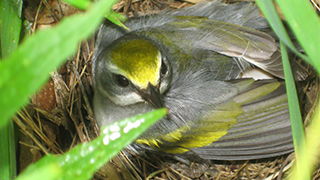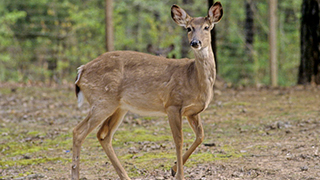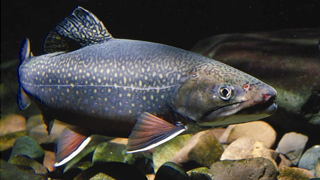 Forests in the Northern U.S.
Forests in the Northern U.S.
1.2 million acres
We own approximately 1.2 million acres in Maine, New Hampshire, Vermont and West Virginia. The climate in this region varies: Summers are generally humid across our ownership, while the most northern states experience deep winter snows and more pronounced seasons overall.
The geology of the region reflects glacial advances 25,000 years ago. Sheets of ice, thousands of feet thick, covered the highest mountains, and rock debris in the base of the glacier scraped the bedrock as it moved. As the glaciers retreated, depressions left in the Earth’s crust were flooded by the sea, creating major river valleys such as the Kennebec and Androscoggin in Maine.
FOREST MANAGEMENT
Our forests in this region are extremely diverse, supporting temperate broadleaf hardwoods and mixed conifer species, including American beech, balsam fir, birch, cedar, cherry, hemlock, maple, oak, red pine, spruce and white pine. Regeneration after harvesting is abundant and predominantly natural, meaning we rely on the native seeds for reforestation. We supplement with direct planting of seedlings where appropriate. We primarily use mechanized harvesting techniques with machinery such as cut-to-length and feller bunchers, but we also rely on hand crews where needed.
ENVIRONMENTAL STEWARDSHIP
Our environmental stewardship in these northern forests is shaped by responsible forest management, the geography of our ownership and past land management practices. Our forest management plans address biodiversity in line with state and federal environmental laws, collaborative projects with a variety of stakeholders, and practices that support sustainable forestry.
We create a diverse stand structure while conserving special habitat features such as snags (standing dead trees), down wood (dead trees on the ground) and legacy trees (large-diameter live trees). Streamside management zones protect water resources and riparian areas and address special sites for federal- and state-listed or globally imperiled species and natural plant communities.
Special management areas, such as more than 400,000 acres protected under conservation easements in Maine and 86,000 acres in Vermont, provide additional conservation and public value for biodiversity, recreation and natural aesthetics. These areas also provide habitat for important game species such as white-tailed deer, moose, ruffed grouse and American woodcock. Other key habitats protected in our forests are vernal pools, which support many species of amphibians, and our young regenerating coniferous forests offer winter habitat for the snowshoe hare, which is prey for the federally threatened Canada lynx.
RESEARCH AND PARTNERSHIPS
To sustainably manage our forests, it is important we continue to learn about how our activities affect both the forest ecosystem and surrounding communities. We collaborate frequently with private conservation organizations, universities, and state and federal wildlife agencies on research and monitoring projects that help ensure our practices are consistent with the best available science.
Three of our recent projects involve songbird habitat in West Virginia, a winter deer habitat agreement and creating enhanced habitat for brook trout.
Enhancing songbird habitat in West Virginia

Photo courtesy: Liz Stout
We are partnering with the Sustainable Forestry Initiative® and other collaborators on a project focusing on three at-risk bird species: golden-winged warbler, cerulean warbler and wood thrush.
Protecting shelter for white-tailed deer

We signed a Deer Wintering Habitat Agreement with the Maine Department of Inland Fisheries and Wildlife to protect and manage conifer stands that shelter herds of white-tailed deer.
Teaming up to enhance brook trout habitat

We teamed with the West Virginia Conservation Agency, Maine Forest Service, Maine Department of Inland Fisheries and Wildlife, and Trout Unlimited to enhance habitat for eastern brook trout by increasing in-stream wood structures and the development of pools.
By using this website, you agree to our Privacy Policy. California residents: See our CCPA Privacy Notice for details on what personal information we collect and for what purposes.



